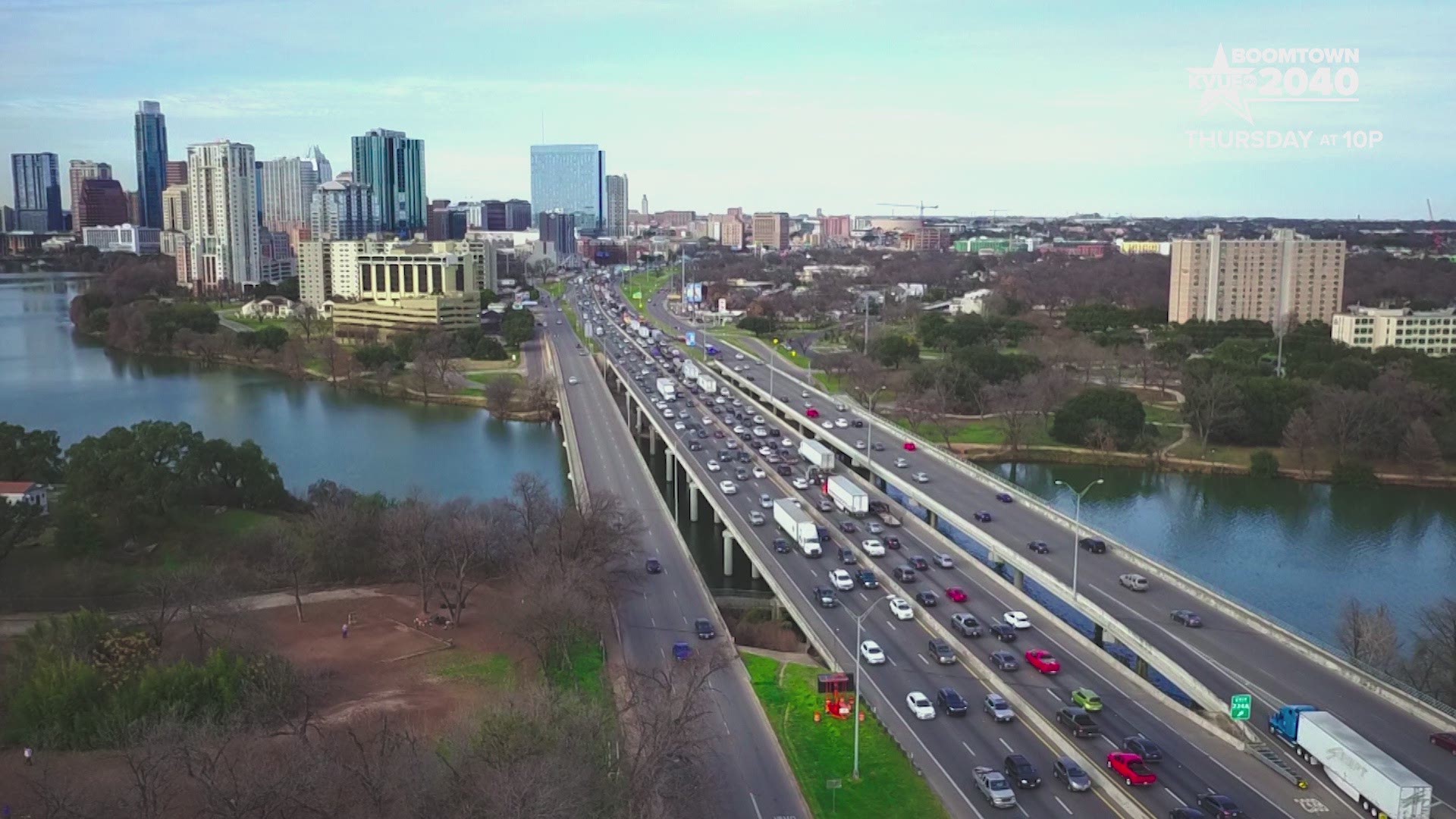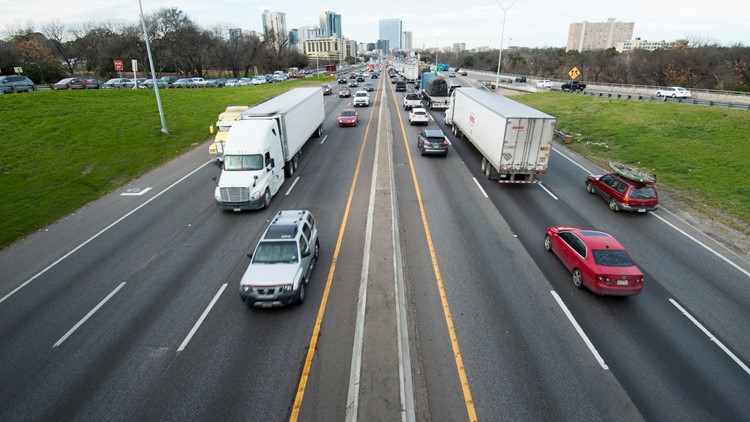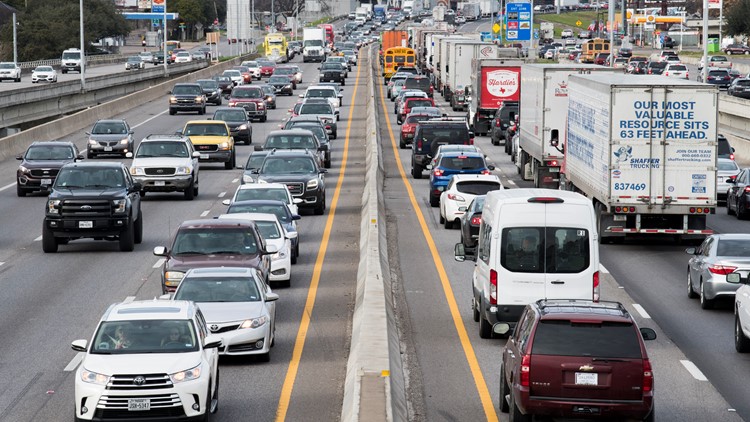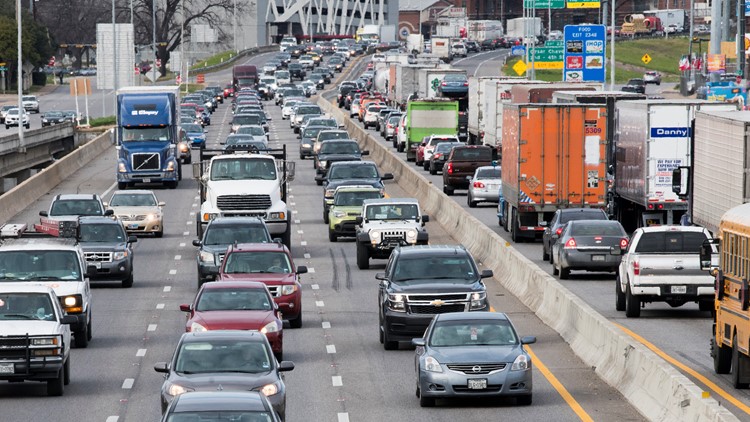AUSTIN, Texas — Lots of Austinites hate Interstate Highway 35, but do you hate it enough to scrap it completely?
A report released recently suggests we should – well, sort of.
The Congress for the New Urbanism (CNU), an international nonprofit that works to build vibrant communities where people can have a diverse set of choices for how they live and work, released its 2019 Freeways Without Futures report. It lists 10 aging in-city highways it thinks cities should consider for removal and transformation.
"Communities across North America are facing a watershed moment in the history of our transportation infrastructure," the CNU says. "With cities, citizens, and transportation officials all looking for alternatives to costly highway repair and expansion, these 10 campaigns offer a roadmap to better health, equity, opportunity, and connectivity in every neighborhood, while reversing decades of decline and disinvestment."
RELATED: The past, present and future of I-35
The CNU report cites a grassroots coalition's proposal to redesign the I-35 corridor stating that, due to the high level of interregional traffic, complete removal of the highway is not actually feasible. Instead, it suggests converting the highway into an underground tunnel of sorts.
"The I-35 corridor redesign proposed by Reconnect Austin seeks to take TxDOT’s implementation of depressed freeway lanes in Austin one step further," the report says. "Reconnect Austin endorses a four-step plan to restore the city’s urban grid and reunify East and West Austin."
Those four steps are:
- Remove the elevated highway between Cesar Chavez Street and Martin Luther King Jr. Boulevard
- Remove existing highway frontage roads to reclaim 30 acres of downtown land
- Bury this section of I-35 below ground
- Cover these depressed lanes with a new, narrower, pedestrian- and bicycle-friendly boulevard
According to KUT, this idea to redesign I-35 and open up opportunities for green space is not entirely new. University of Texas professor and architect Sinclair Black first came up with the idea in 2013.
Other experts may worry this action could have its share of negative impacts. For instance, Reconnect Austin acknowledges the fact that completely removing I-35 would potentially boost gentrification and displacement and even lead to rocketing land values.
"New public spaces along the boulevard, designed with sensitivity to the dynamic cultures of East Austin, past and present, could become monuments to – and gathering places for – minority communities that are in some ways being negatively affected by the economic realities of a booming city with an increasingly popular core," the report states.
According to CNU, TxDOT is working to undertake an $8.1 billion renovation of a 660-mile stretch of I-35 in and around the Austin area. The organizations believe the cost of that would not be significantly higher if the downtown portion of the highway was depressed instead of rebuilt.
"Local support – from neighborhood groups, civic organizations, boards and commissions, city council, the Chamber of Commerce, and the Downtown Austin Alliance – in conjunction with TxDOT’s planned renovation, makes for an ideal, once-in-a-generation opportunity to reshape downtown Austin by capping I-35," the CNU says.
You can read the full report here.
PHOTOS: I-35 Traffic
PEOPLE ARE ALSO READING:











